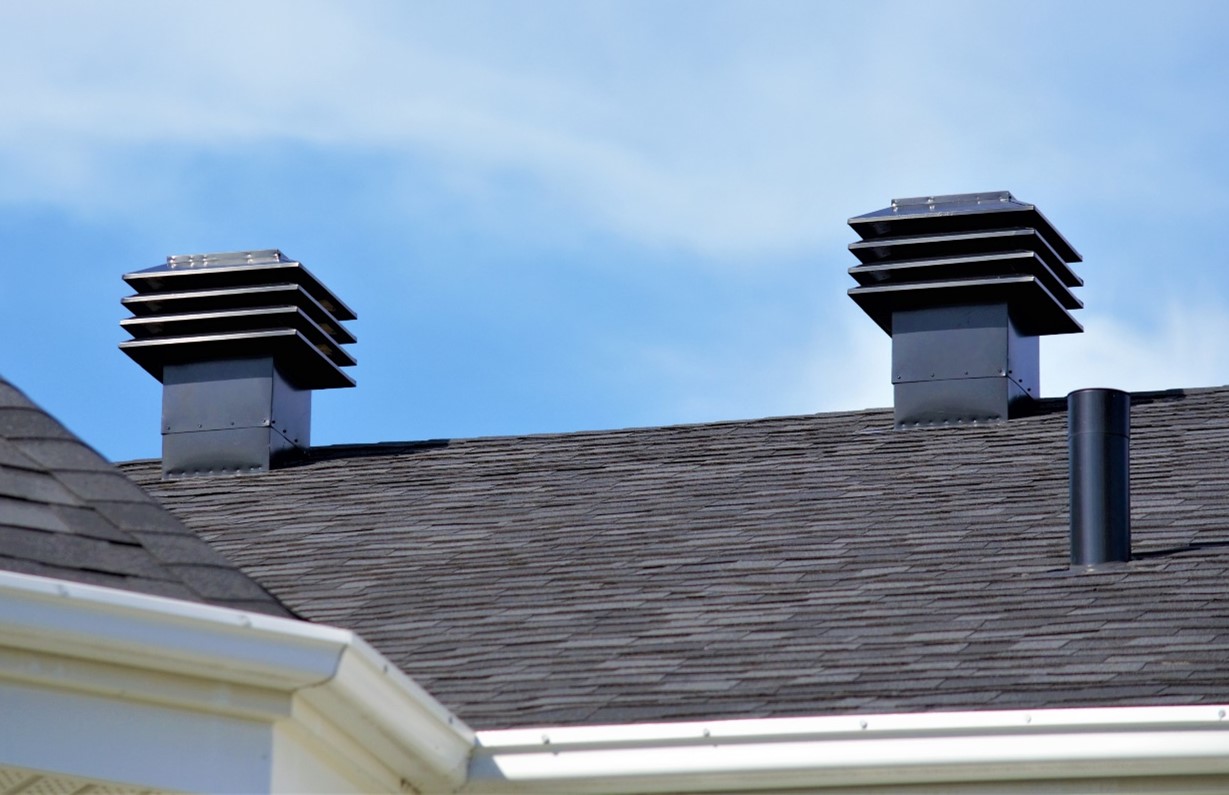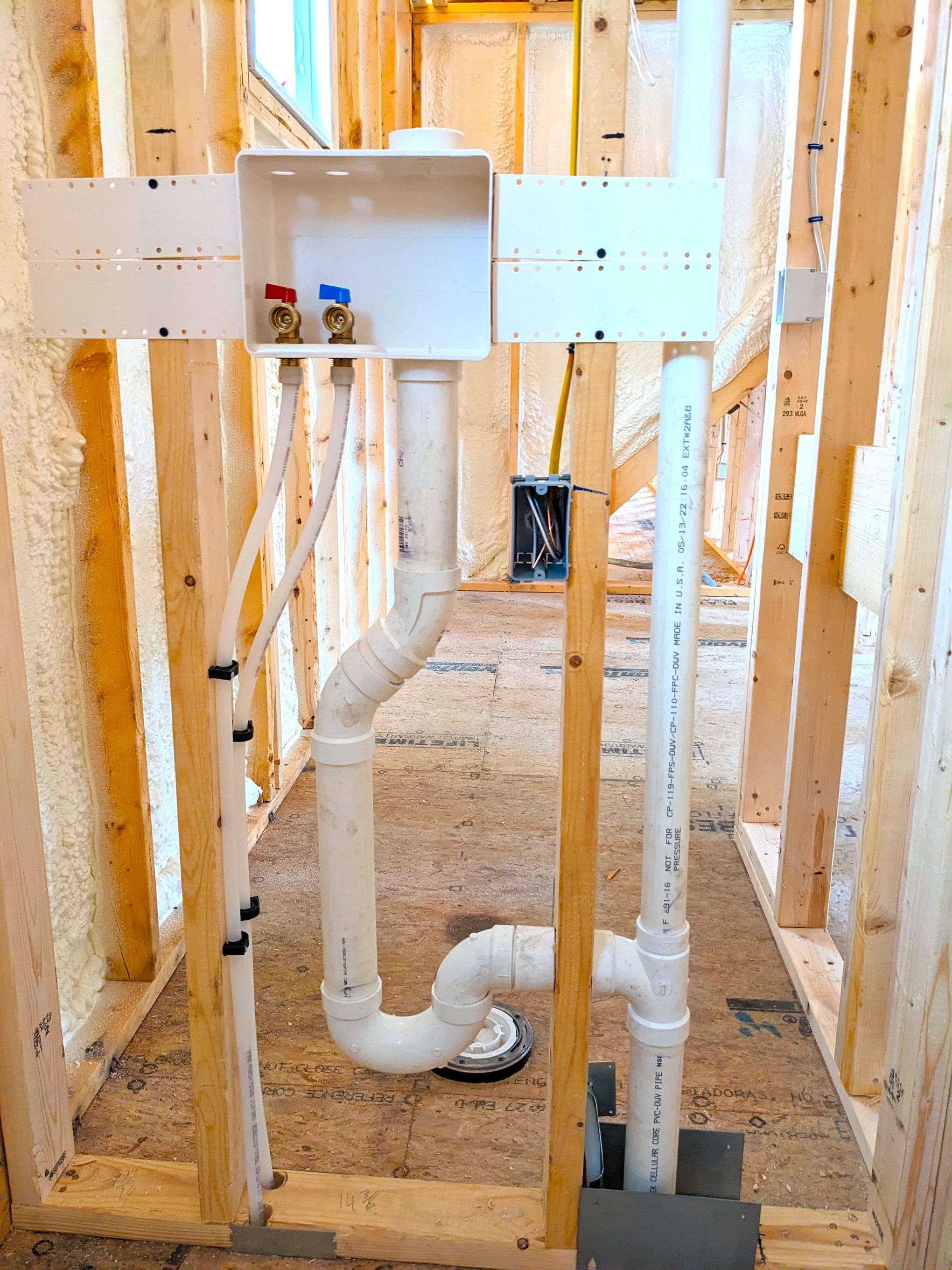The Value of Ventilation in Building Plumbing Systems
The Value of Ventilation in Building Plumbing Systems
Blog Article
On this page underneath yow will discover a lot of incredibly good details involving What Are Plumbing Vents and Why Are They Important?.

Proper ventilation in pipes systems is often ignored, yet it is important for keeping the capability and security of your home's plumbing. Air flow aids regulate atmospheric pressure, stop the buildup of damaging gases, and guarantee the reliable removal of waste. In this guide, we will explore the relevance of appropriate pipes air flow, just how it works, and the benefits it brings to your pipes system.
Understanding Ventilation in Plumbing
Ventilation in plumbing refers to the network of pipelines that enable air to stream via the drain system. These vents offer multiple functions, including regulating air pressure within the pipelines, stopping sewer gases from getting in the home, and helping in the smooth circulation of wastewater.
Just How Air Flow Functions in Plumbing Systems
Atmospheric Pressure Policy
Correct air flow preserves balanced air pressure within the plumbing system. When water moves via pipes, it displaces air. Without sufficient air flow, this variation can develop negative stress, causing slow down drains or siphoning of water from catches, which can cause unpleasant smells to leak right into the home.
Avoiding Sewage System Gas Accumulation
Among the most vital functions of plumbing vents is to stop drain gases, such as methane and hydrogen sulfide, from collecting within the home. These gases can position severe wellness risks and are highly combustible. Vent pipelines enable these gases to get away securely outside.
Aiding in Waste Removal
Air flow helps in the efficient removal of wastewater by preventing airlocks in the drain system. When air can move openly through the vents, it enables water and waste to flow efficiently through the pipes, lowering the threat of blockages and back-ups.
Types of Plumbing Vents
Key Heap Vent
The main stack air vent, additionally referred to as the air vent stack, is the key vent in a plumbing system. It prolongs from the main drain align with the roofing, enabling gases to run away and fresh air to enter the system.
Branch Vent
Branch vents link to the major stack vent and offer individual fixtures, such as sinks, toilets, and showers. These vents make sure that each fixture has sufficient air flow to operate effectively.
Air Admission Shutoff (AAV).
An Air Admittance Valve (AAV) is a one-way shutoff that enables air to go into the pipes system without the demand for a typical air vent pipeline expanding through the roof covering. AAVs are frequently used in renovations or areas where installing a typical vent is not practical.
Indicators of Poor Air Flow in Plumbing.
Slow Draining Fixtures.
If your sinks, bathtubs, or commodes are draining pipes slowly, maybe an indication of inadequate ventilation. Poor air circulation can produce a vacuum effect, making it tough for water to drain appropriately.
Gurgling Sounds.
Gurgling noises coming from drains pipes are frequently a result of air being drawn through water catches due to adverse stress in the pipelines. This is a clear sign of insufficient air flow.
Unpleasant Odors.
Drain odors inside your home are a red flag that your pipes system is not correctly aerated. This could mean that drain gases are not being effectively aired vent outside, causing possibly hazardous problems.
Typical Air Flow Mistakes.
Inadequate Vent Sizing.
Utilizing small vent pipes can bring about bad air flow and pressure discrepancies in the system. It's essential to make use of vents that meet the particular requirements of your pipes system.
Improper Vent Positioning.
Positioning vents as well far from the fixtures they serve can lower their performance. Proper placement ensures that air can stream freely and efficiently via the system.
Ignoring Code Demands.
Building codes provide details standards for plumbing ventilation. Ignoring these codes can cause a system that stops working to operate properly and might cause expensive repair services or health hazards.
Advantages of Proper Ventilation.
Boosted System Efficiency.
Correctly ventilated plumbing systems run extra efficiently, with fewer clogs, faster draining, and less strain on the pipelines. This effectiveness expands the life-span of the plumbing system.
Improved Air High Quality.
By avoiding sewer gases from entering your home, correct ventilation contributes to much better interior air quality, making your living environment healthier and more comfy.
Protecting Against Water Damage.
Appropriate ventilation helps stop water from being siphoned out of catches, which can bring about sewer gases entering the home and triggering water damage over time.
Actions to Ensure Proper Ventilation.
Consulting Plumbing Codes.
Always seek advice from neighborhood pipes codes when developing or customizing your plumbing system. These codes offer the required standards for proper airing vent and ensure your system meets safety and security standards.
Regular Inspection and Maintenance.
Regular examinations can aid recognize potential air flow concerns prior to they become major troubles. Maintenance tasks, such as cleansing air vent pipes and checking for obstructions, are essential for maintaining the system in good working order.
Expert Installation.
For brand-new installments or significant adjustments, it's wise to work with an expert plumbing technician. They have the know-how to make certain the air flow system is correctly developed and mounted according to code.
Conclusion.
Correct air flow is an important element of any type of plumbing system, ensuring that it works effectively and securely. By understanding the importance of ventilation, acknowledging the indications of poor air flow, and taking actions to keep your system, you can stop expensive problems and shield your home's air quality.
4 Things You Should Know About Your Plumbing Vents
What Plumbing Vents Are
Also called a vent stack, a plumbing vent is a vertical pipe attached to your drain line that runs through your roof. The plumbing vent pipe, or plumbing air vent, removes gas and odors from your plumbing system and allows fresh air to enter the pipes, helping the water to flow out of the drain pipes.
What Plumbing Vents Do
Plumbing vents have two basic functions. One of which is to allow unpleasant smelling wastewater and sewer gasses to escape your plumbing system instead of entering your home. Plumbing vent pipes are typically located on roofs, away from windows, to ensure the fumes exit the home completely.
The other function of the plumbing vent is to move fresh air into your plumbing system. This helps move water through every plumbing fixture in your house, like toilets and sink drains. Think of the way in which you need to let a little air into the bottle as you pour soda in order to make the drink flow smoothly.
Different Types of Plumbing Vents
True vent: This is the most common vent option. In simplest terms, a true vent is a vertical pipe attached to your drain line that exits through the roof. They often function as the main vent that other fixtures can connect to. Re-vent pipe or auxiliary vent: Attached to the drain line near specific plumbing fixtures, re-vent pipes run up and over to connect to the main vent. Common vent: Two plumbing fixtures installed on opposite sides of a wall are typically tied into the vent stack using something known as a sanitary cross. Wet vent: This venting option operates as a drain pipe and a vent at the same time. Wet vent drainage systems drain water from one fixture while venting the air from another. Although they’ve been used for over 100 years, wet vent systems have only recently been added to the plumbing code in many areas. If you’re planning on installing one in a bathroom remodel, make sure you check your local code prior to construction. Loop vent: For free-standing fixtures like kitchen island sinks, loop vents are ideal. These vent pipes run under the floor, rise from the P-trap, and create a loop inside the cabinet sink. Air admittance valve: An AAV is a one-way mechanical valve typically installed at the site of the plumbing fixture. AAVs allow venting to occur without having to tie into a larger venting system. They’re ideal for venting fixtures where you aren’t able to easily connect to an existing vent system. Common Plumbing Vent Issues
Although vent pipes typically don’t have water flowing through them, they’re still subject to many typical plumbing issues. For example, clogs are one of the most common problems associated with sewer vent pipes. If your vent pipe gets clogged, all of your plumbing fixtures tied into the vent stack will be affected.
A sink with a slow drain that bubbles and gurgles or a strong sewage smell around your toilet are both indicators that your toilet vent pipe is clogged. Because most vent pipes exit through the roof, old leaves, twigs or even a bird’s nest could be clogging the pipe.
Clogs in your vent pipe system cause a buildup of negative pressure, meaning that water won’t be able to flow out of your home very well. It’s similar to putting your finger over the opening of a straw to trap water inside. When you remove your finger, the water is able to flow out of the straw.
If you suspect you have any blockage in your vent, make sure you have a professional come examine the situation. Left unchecked, a blocked air vent can lead to other costly repairs, like leaks and sediment buildup.
Under Pressure
Pipe vents are essential aspects of a home’s plumbing system. Owning a home means learning about all sorts of things you never put much thought into before. But by understanding as much as you can about the important systems of your home, you can keep those budgets intact and those anxiety levels low.
https://www.homeserve.com/en-us/blog/home-improvement/plumbing-vents/

As an enthusiastic reader about , I think sharing that topic was important. Are you aware of another individual who is curious about the niche? Be sure promote it. We thank you for your readership.
Customer Reviews Report this page